Mosquitoes are more than just a nuisance; they’re one of the most persistent pests that can turn a relaxing evening at home into a battle. These tiny insects are not only irritating but also capable of carrying diseases, which makes them unwelcome visitors around your house. Interestingly, mosquitoes aren’t attracted to every home in the same way. Certain environmental factors, household habits, and even the way your home is built can make it more appealing to them. Understanding why they gather can help you take practical steps to reduce their presence.
1. Standing Water Around the Property
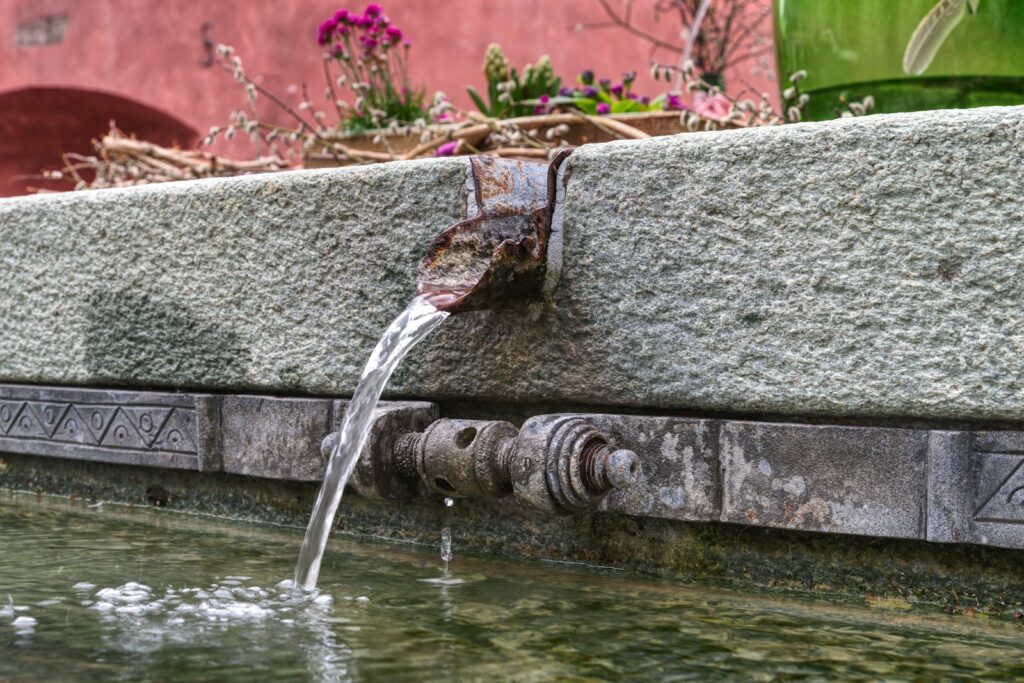
One of the strongest lures for mosquitoes is standing water. Female mosquitoes need water to lay their eggs, and even the smallest puddle can serve as a breeding ground. Birdbaths, clogged gutters, or neglected flowerpot trays can unknowingly invite them. Built-up water around a home, especially after rainfall, can become a long-term problem if not properly drained. By routinely checking and removing stagnant water sources, you can significantly cut down the mosquito population in your immediate surroundings.
2. Overgrown Grass and Vegetation

Mosquitoes thrive in damp, shaded environments, which makes tall grass and dense bushes perfect hiding spots. If your home is surrounded by overgrown vegetation, it becomes a natural resting place for them during the daytime. When grass and plants remain untrimmed, they retain moisture and offer cooler conditions, creating the perfect shelter. Regularly mowing the lawn, trimming hedges, and removing thick weeds can keep your outdoor space less inviting to these insects and make your home less of a target.
3. Poorly Maintained Gutters
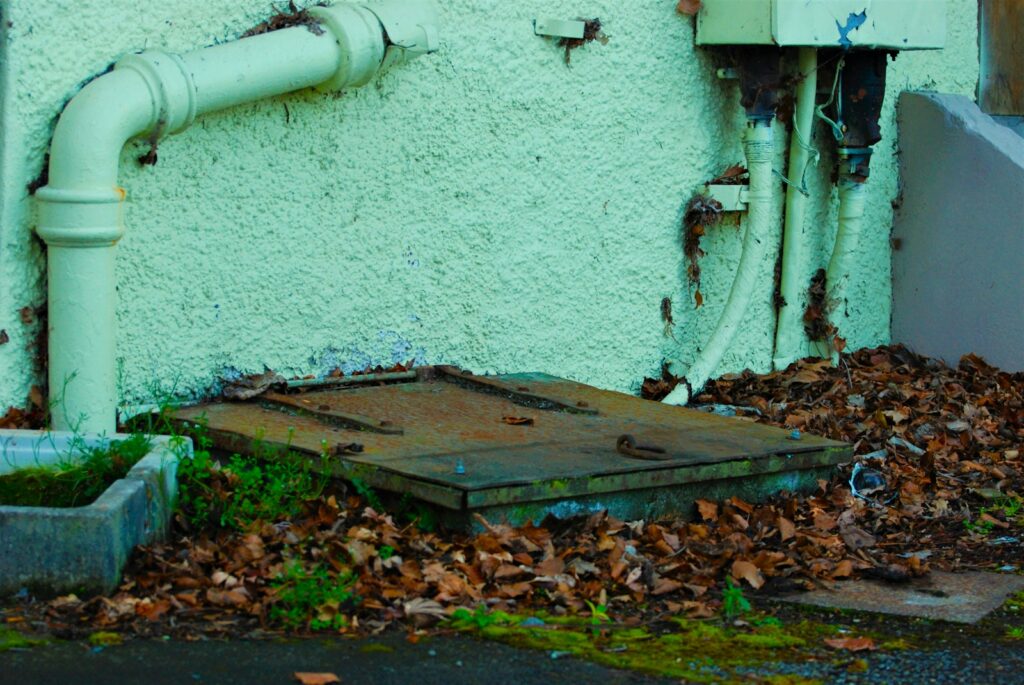
Gutters are often overlooked, but when they become clogged with leaves and debris, they trap rainwater. This stagnant water is an ideal breeding ground for mosquitoes, especially during warm months. If left unchecked, a clogged gutter can support thousands of larvae at once. Since gutters are built to guide water away from the home, maintaining them ensures not only protection against water damage but also against mosquito infestations. Cleaning them at least twice a year is a practical and effective defense measure.
4. Outdoor Lighting Choices
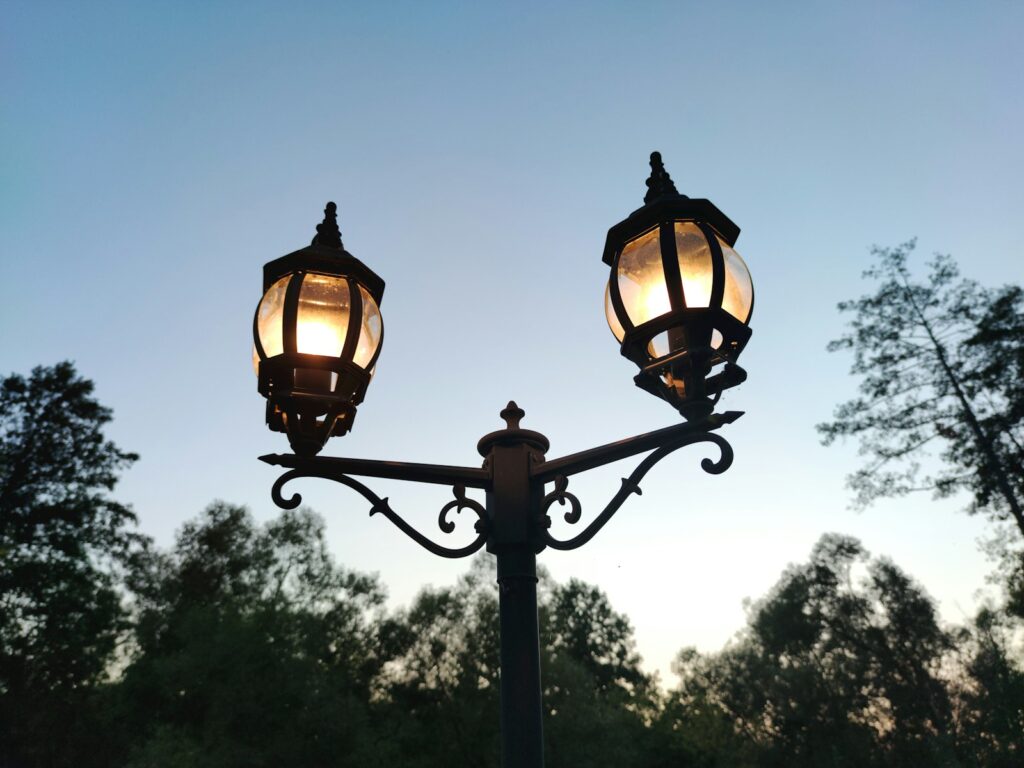
Certain types of outdoor lighting unintentionally attract mosquitoes. Lights that emit more heat or UV rays, such as older incandescent bulbs, tend to draw insects in large numbers. Once near your home, mosquitoes linger, searching for food sources. Modern LED or yellow “bug lights” are less appealing to them and help reduce attraction. Since outdoor lights are a common feature of homes for safety and ambiance, switching to mosquito-unfriendly options is a simple but impactful adjustment that can make evenings more comfortable.
5. Warmth and Carbon Dioxide Emissions
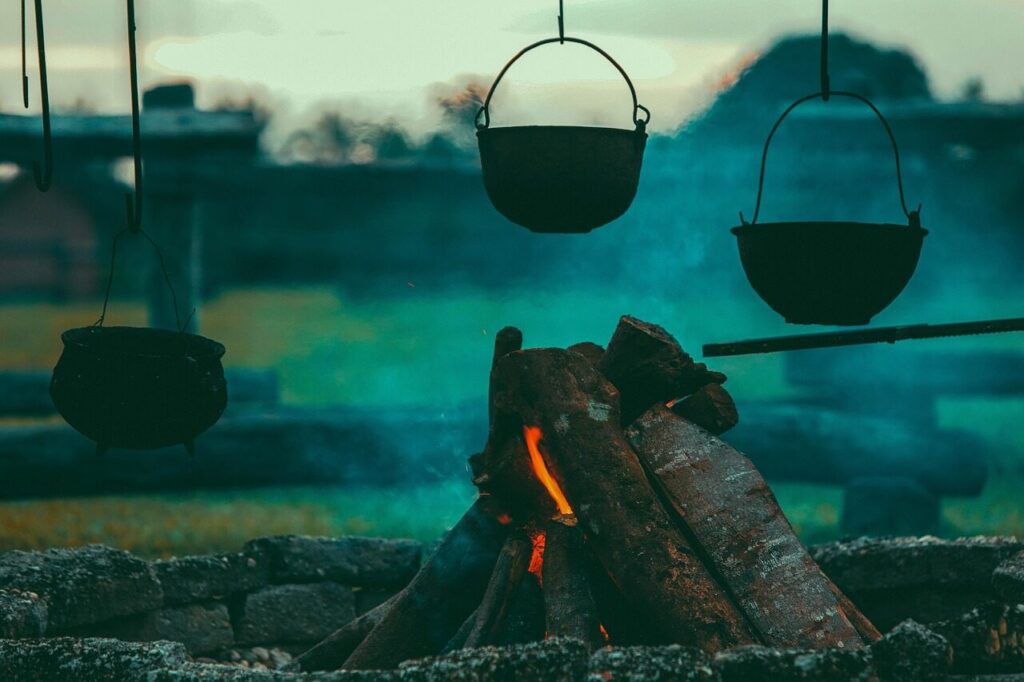
Mosquitoes are naturally drawn to warmth and carbon dioxide, both of which humans and pets produce. A home with frequent outdoor gatherings, barbecues, or family activities will often attract more mosquitoes due to increased breathing and body heat. Even the simple act of sitting outside in groups makes your home a hotspot for them. Since this attraction is built into the way mosquitoes detect prey, managing gatherings with repellents, fans, or screened areas can help reduce their persistence around your property.
6. Open Windows and Damaged Screens

Homes with open windows or poorly maintained screens are easy entry points for mosquitoes. Even a small tear in a window screen can allow them inside, where they seek out humans for food. Since many homes were built with ventilation in mind, screens play an essential role in keeping insects out without sacrificing airflow. Regularly checking for holes, replacing old mesh, and keeping windows closed during peak mosquito hours can greatly reduce indoor infestations and keep your family safer at night.
7. Uncovered Trash and Food Sources
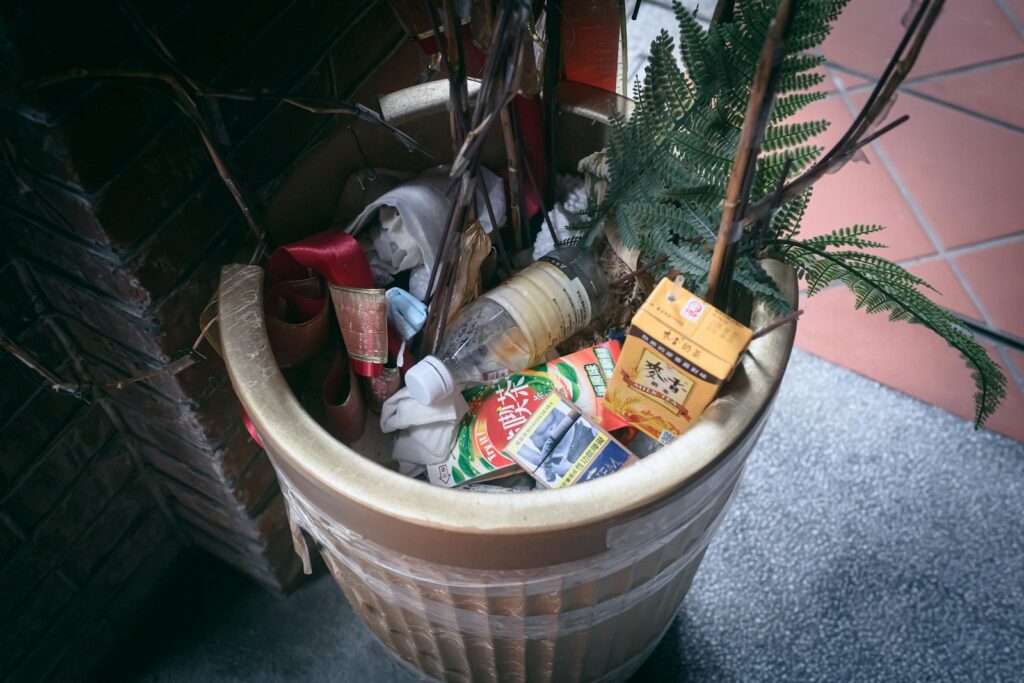
Mosquitoes are drawn to scents, and uncovered trash bins or food remnants can attract them quickly. Homes where waste is not properly sealed or where compost piles are poorly managed can unknowingly provide an additional lure. Since most houses are built with designated waste disposal areas, overlooking these zones makes them easy gathering spots for pests. Keeping trash tightly covered, cleaning bins regularly, and maintaining compost areas properly can help eliminate one of the simplest yet strongest attractants.
8. Decorative Water Features

Fountains, ponds, or small pools enhance the beauty of many homes, but when not properly maintained, they can become breeding grounds for mosquitoes. Even features built with circulation systems can attract insects if filters clog or water flow slows down. Homeowners who value the aesthetic of water elements should take extra care in adding fish that eat larvae or using treatments that make the water less habitable. In this way, you can enjoy the charm of water features without creating an insect problem.
9. Cluttered Yards and Debris
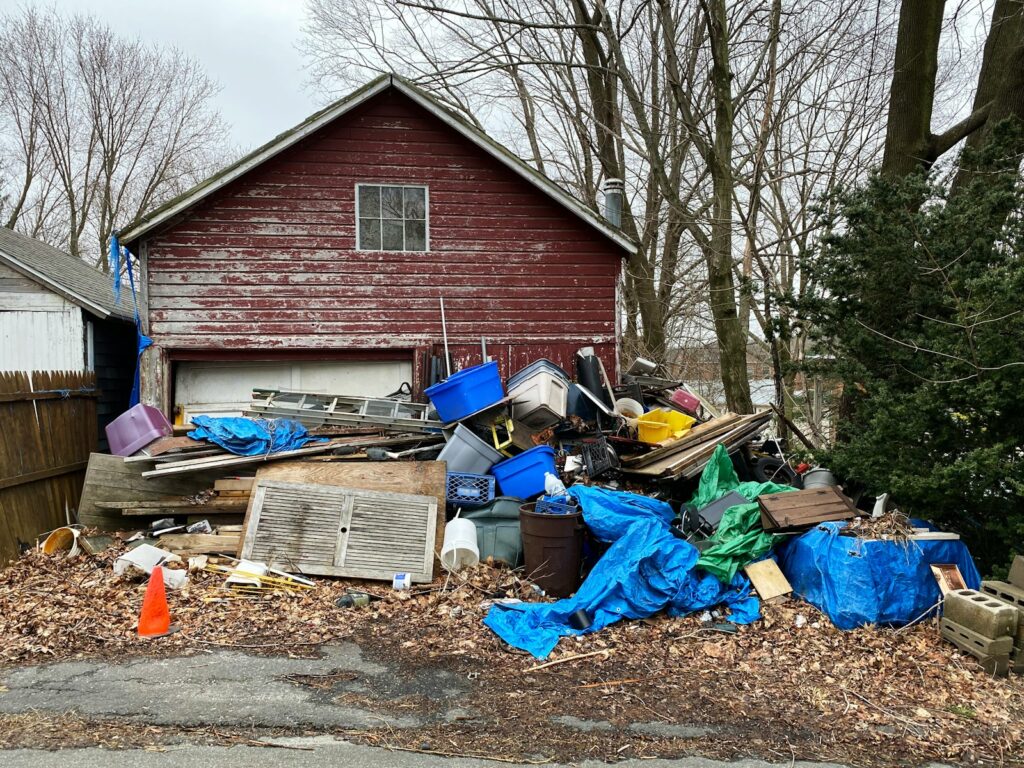
Old tires, buckets, and unused containers left around the yard often collect rainwater and create mosquito nurseries. A cluttered yard provides both breeding spots and shaded areas for resting. Since most homes accumulate outdoor items over time, it’s easy to overlook how these objects contribute to mosquito attraction. Keeping the yard clear, disposing of unused containers, and storing tools properly not only improves the home’s appearance but also helps reduce these unwanted pests dramatically.
10. High Humidity and Dampness
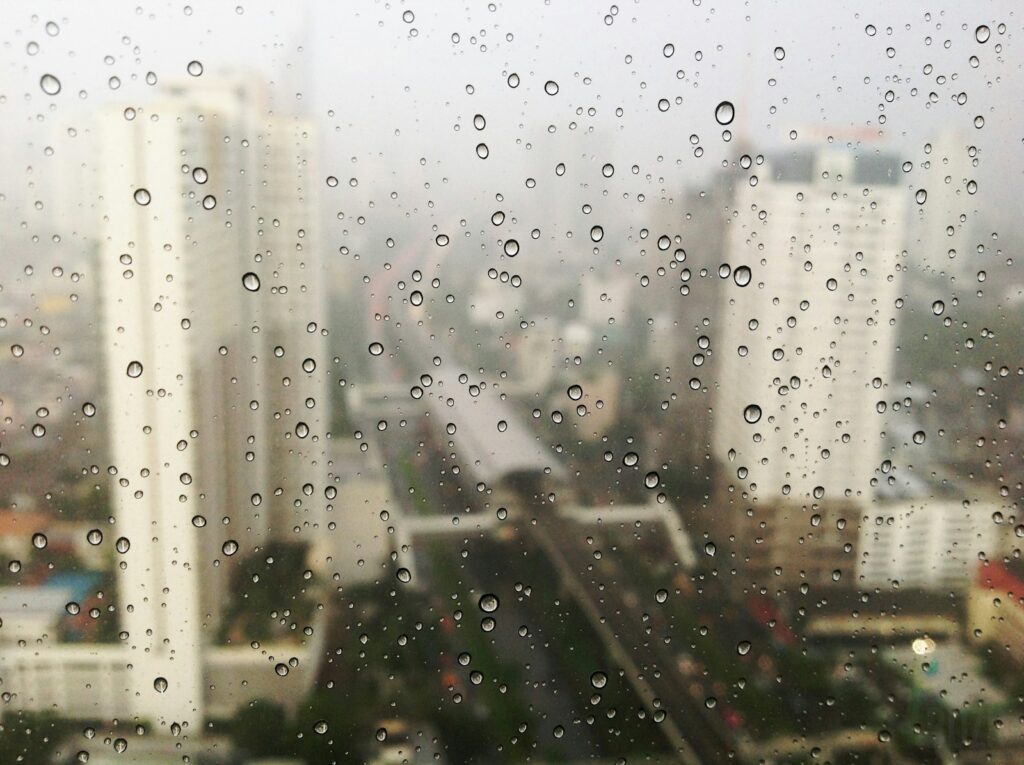
Mosquitoes thrive in humid environments, and homes built in or near damp areas naturally attract them. Basements with poor ventilation, leaky pipes, or shaded spots that never dry fully can all encourage their presence. Since humidity is difficult to control outdoors, focusing on your home’s micro-environment can make a difference. Installing dehumidifiers indoors, fixing leaks, and ensuring proper ventilation outdoors are practical steps to limit the moisture that draws mosquitoes closer to your living space.
Comments